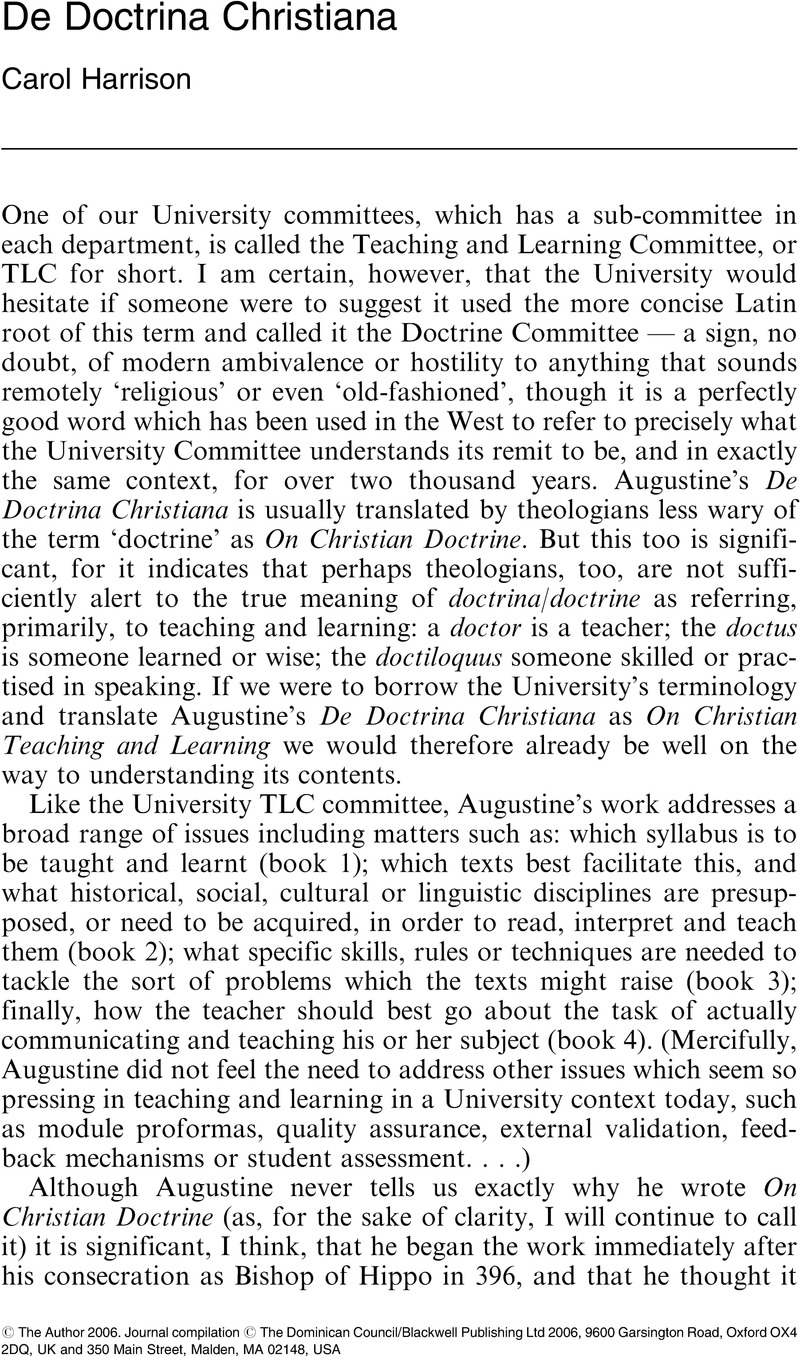Crossref Citations
This article has been cited by the following publications. This list is generated based on data provided by Crossref.
Franchi, Leonardo
2011.
Healing the Wounds: St. Augustine, Catechesis, and Religious Education Today.
Religious Education,
Vol. 106,
Issue. 3,
p.
299.
Sarisky, Darren
2019.
Reading the Bible Theologically.



